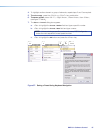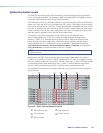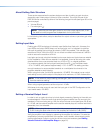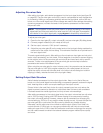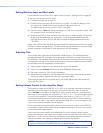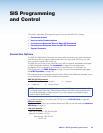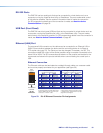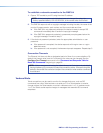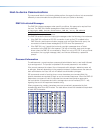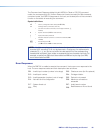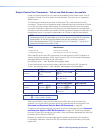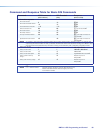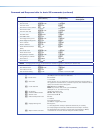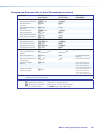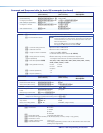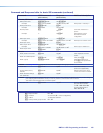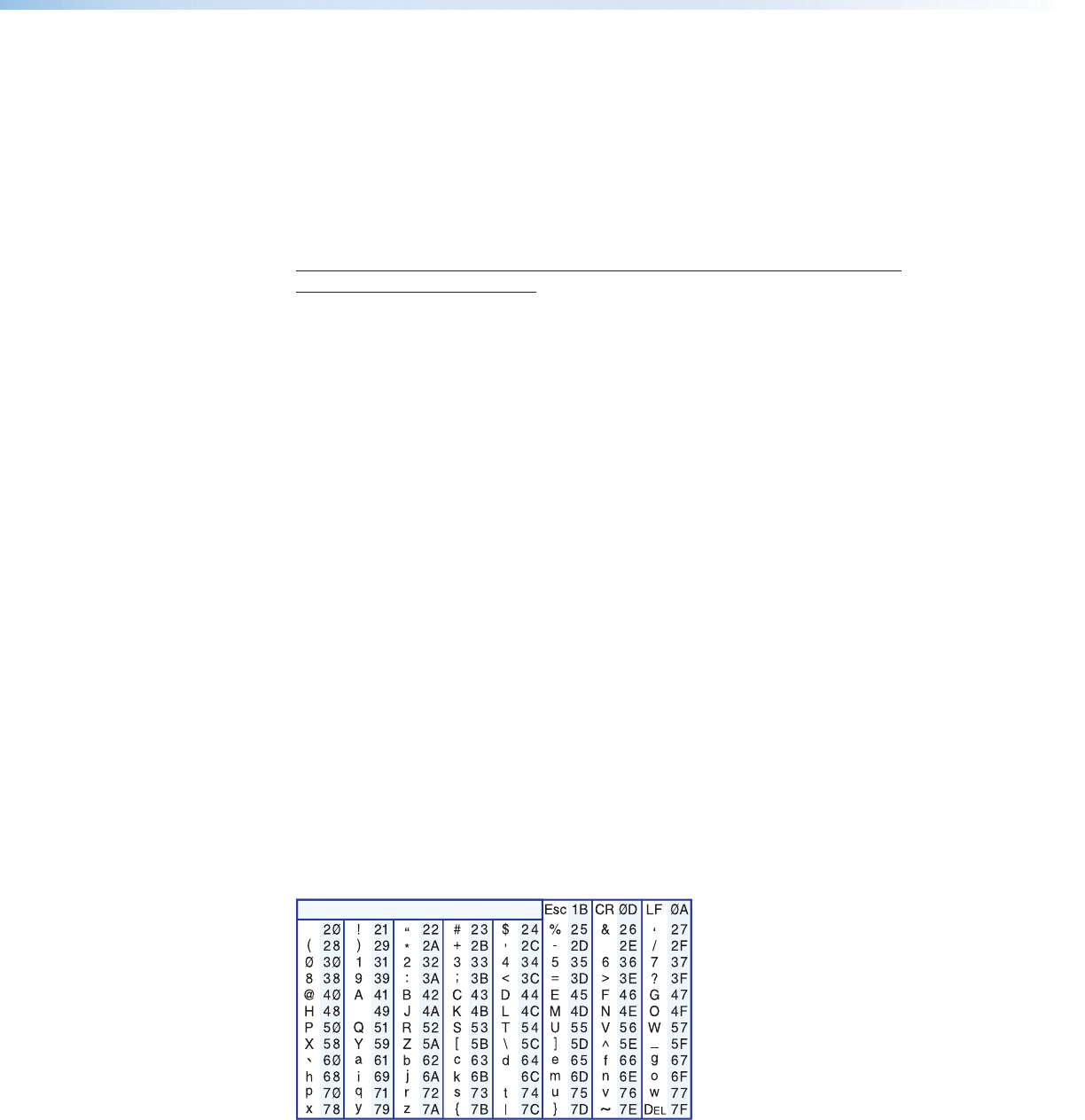
Host-to-device Communications
The commands listed in the following tables perform the same functions, but are encoded
differently to accommodate the requirements of each port (Telnet or browser).
DMP64-initiated Messages
The DMP64 initiates messages under specific conditions. No response is required from
the host. The DMP64-initiated messages are listed here (underlined).
© Copyright 2009, Extron Electronics, DMP 64, Vn.nn, 60–1054-01
Day, DD MMM YYYY HH:MM:SS
Vn.nn is the firmware version number.
The DMP64 sends the boot and copyright messages under the following circumstances:
• If the DMP64 is off and an RS-232 connection is set up (the PC is cabled to the
DMP64 and a serial communication program such as HyperTerminal is open), the
connected unit sends these messages by RS-232 when first powered on.
• If the DMP64 is on, it sends the boot and copyright messages when a Telnet
connection to the DMP64 is first opened. The day of the week, date, and time are
shown when the DMP64 is connected by Telnet, but not by RS-232. If using a Telnet
connection, the copyright message, date, and time are followed by a password
prompt.
Password Information
The
]
Password: prompt requires a password (administrator level or user level) followed
by a carriage return. The prompt is repeated if the correct password is not entered.
If the correct password is entered, the unit responds with
]
Login Administrator
]
or
]
Login User
]
, depending on the password entered. If passwords are the same for
both administrator and user, the unit will default to administrator privileges.
SIS commands consist of a string (one or more characters per command field). No
special characters are required to begin or end a command sequence. When the DMP64
determines a command is valid, it executes the command and sends a response to
the host device. All responses end with a carriage return and a line feed (CR/LF =
]
),
signaling the end of the response character string.
When programming, certain characters are more conveniently represented by their
hexadecimal rather than ASCII values. The table below shows the hexadecimal equivalent
of each ASCII character:
•
Space
l
I
ASCII to HEX Conversion Table
Figure 60. ASCII to Hex Conversion Table
DMP64 • SIS Programming and Control 95



